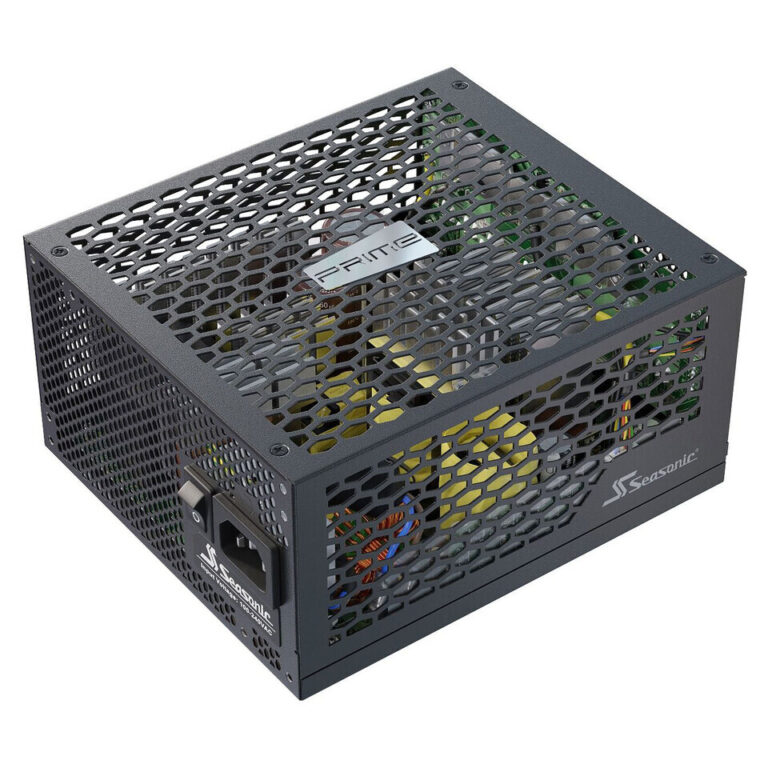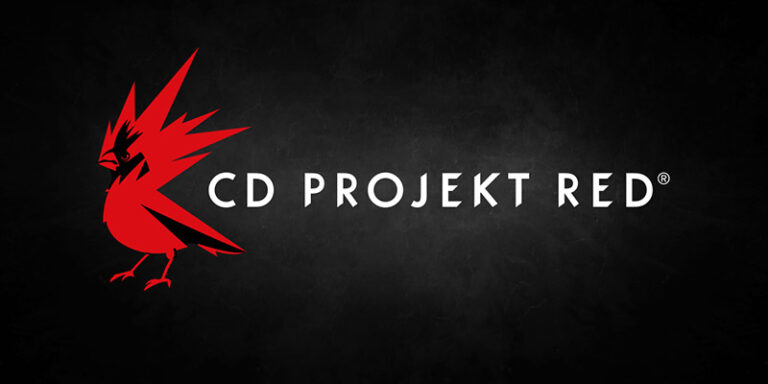
With early access to the Battlefield 6 closed beta, popular Twitch streamer Bruhskey is sharing some exciting performance insights, even though NDAs keep screenshots under wraps for now. His reports are a solid starting point, and he’s noticed his AMD Ryzen 7 9800X3D, powered by 3D V-Cache tech, delivers much higher frame rates than his friend’s Intel Core i9-14900K setup, also in the beta. It seems the latest Frostbite engine, driving Battlefield 6, really favors processors with big last-level caches, and the 9800X3D’s 96 MB gives it an edge.
Bruhskey’s setup includes the 9800X3D, a GeForce RTX 5080 GPU, 32 GB of DDR4-6400 memory with a 1:1 FClk:UClk ratio, and an unoptimized NVIDIA driver. The Frostbite engine breaks down frame rates for both CPU and GPU, helping spot bottlenecks. His system hits 330 to 370 FPS on the GPU side and 310 to 330 FPS on the CPU side, with a smooth latency of 6.7-8.5 ms. Here’s the surprise: his friend’s i9-14900K rig only manages about 210 FPS on the CPU end, putting Intel at a roughly 30% performance gap.
Intel has traditionally leaned on strong dedicated L2 caches for its processors but is shifting toward larger shared L3 caches with the upcoming “Nova Lake-S” desktop chips. The current top “Arrow Lake-S” model boasts 3 MB L2 caches per P-core but only 36 MB of shared L3 cache across eight P-cores and sixteen E-cores. With “Nova Lake-S,” Intel plans a max setup of 16P+32E+4LPE—doubling the core count with a low-power boost—while bumping the L3 cache up to 144 MB. This could shake things up, but for now, the 9800X3D’s cache advantage seems to rule in Battlefield 6.
What do you think about this performance gap? I’d love to hear your thoughts!
Sources: Bruhskey (X), Tom’s Hardware




